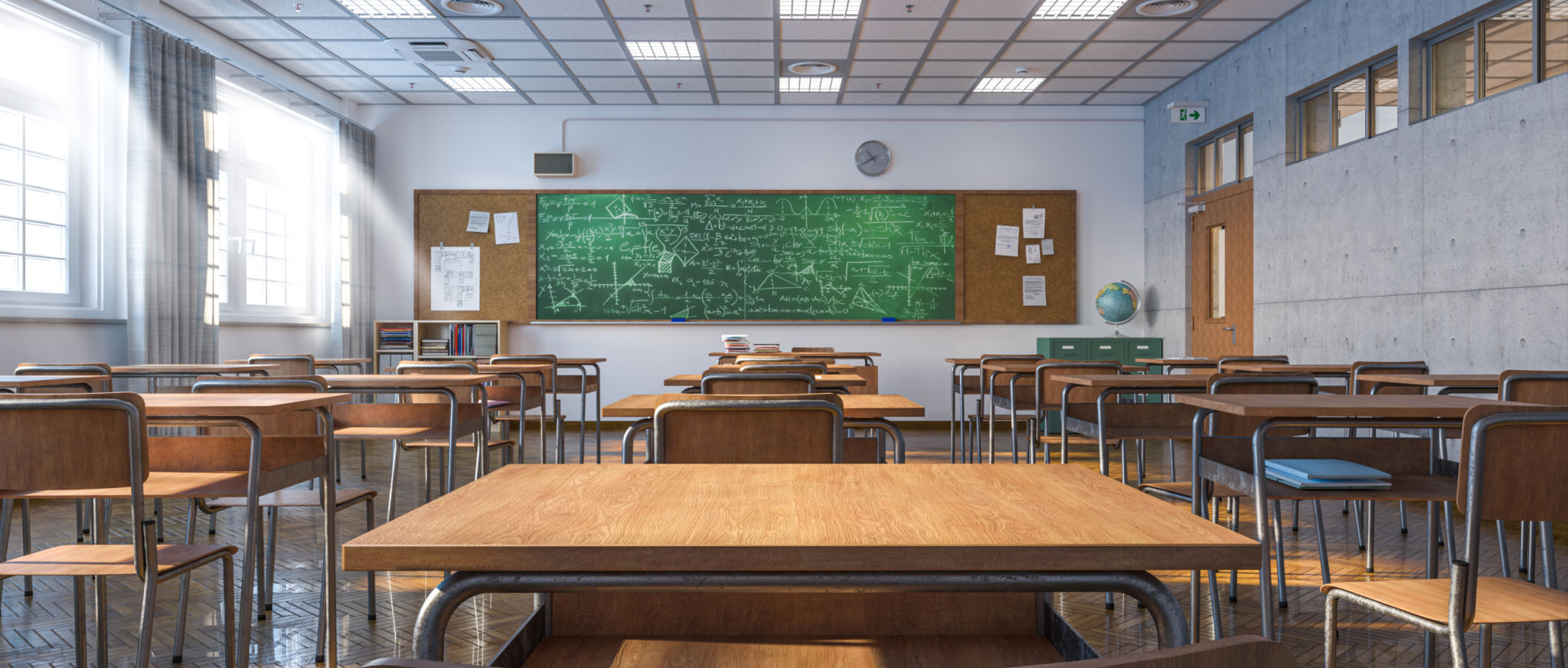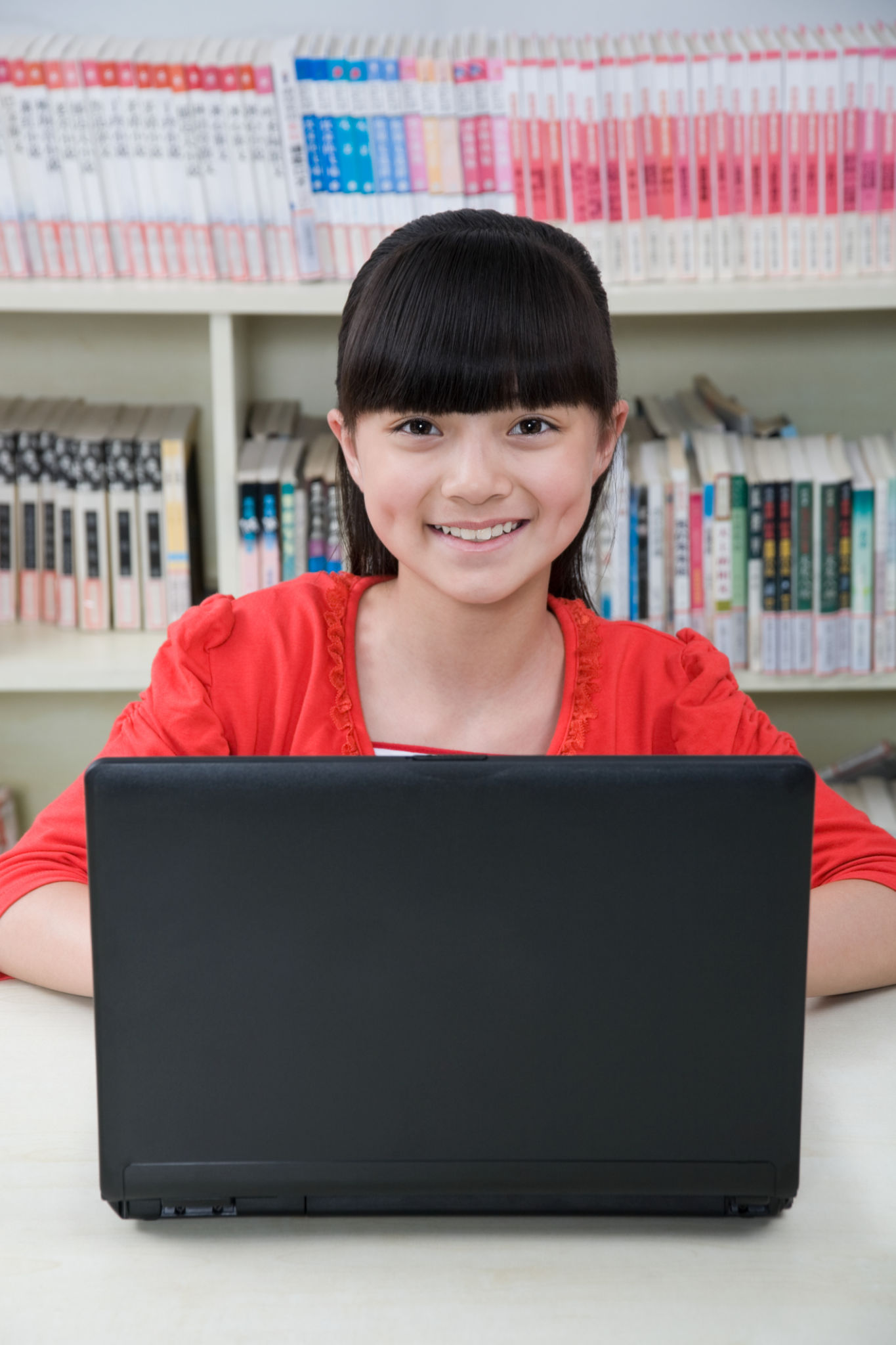Comparing Traditional and Personalized Education Methods
Understanding Traditional Education Methods
Traditional education methods have been the cornerstone of learning for centuries. These methods are characterized by a standardized curriculum delivered in a classroom setting, where teachers take on the primary role of imparting knowledge. Lectures, textbooks, and exams form the backbone of this approach, aimed at providing a uniform educational experience to all students.
One of the key advantages of traditional education is its structured environment. Students follow a set schedule, which helps instill discipline and time management skills. Moreover, traditional education often fosters social interaction among peers, facilitating the development of communication skills and teamwork.
However, this approach has its drawbacks. It often lacks flexibility, not accommodating individual learning paces or styles. Students who may need additional support or those who excel quickly can find themselves either struggling to keep up or feeling unchallenged.

The Rise of Personalized Education
In contrast, personalized education focuses on tailoring the learning experience to meet individual student needs. This method leverages technology and innovative teaching practices to create customized learning paths. The aim is to address each student's strengths, weaknesses, and interests.
Personalized education often incorporates digital resources like online modules, interactive tools, and adaptive learning platforms. These resources enable students to learn at their own pace, ensuring they fully grasp concepts before moving on. Teachers in this model act more as facilitators, guiding students through their personalized learning journeys.
One major advantage of personalized education is its ability to cater to diverse learning styles. Visual learners, auditory learners, and kinesthetic learners can all benefit from materials tailored to their preferences. Additionally, this approach can be more inclusive, helping students with special needs receive the attention and resources they require.

Comparing the Two Approaches
When comparing traditional and personalized education methods, it's essential to consider their impact on student outcomes. Traditional education aims for consistency and uniformity, which can be beneficial in establishing foundational knowledge. However, it may not always encourage critical thinking or creativity.
On the other hand, personalized education can foster a more engaging and motivating learning environment. By aligning educational content with students' interests, it can enhance engagement and promote a love for lifelong learning. However, it requires significant resources and teacher training to implement effectively.
Challenges in Implementation
Both traditional and personalized education face challenges. Traditional methods may struggle to adapt to the diverse needs of modern students, while personalized education requires substantial investment in technology and training.
Moreover, personalized learning can be difficult to scale in larger educational settings due to the need for individualized attention and resources. Schools must balance these challenges to provide quality education that meets the needs of all students.

The Future of Education
The future likely holds a blend of traditional and personalized methods. Hybrid models that combine structured curricula with personalized elements are emerging as promising solutions. These models aim to harness the benefits of both approaches, providing a comprehensive and adaptable educational experience.
As technology continues to evolve, innovative tools will further enhance personalized learning capabilities. Artificial intelligence and data analytics could play crucial roles in developing even more effective educational strategies tailored to individual student needs.
Ultimately, the goal is to create an educational system that is inclusive, flexible, and capable of preparing students for the challenges of the future.